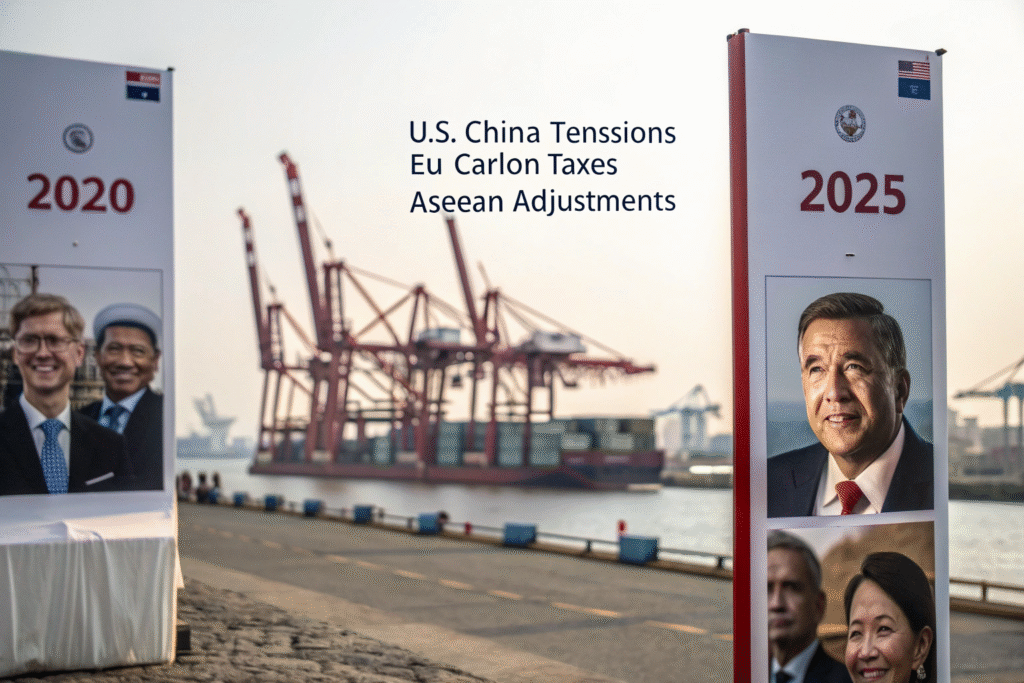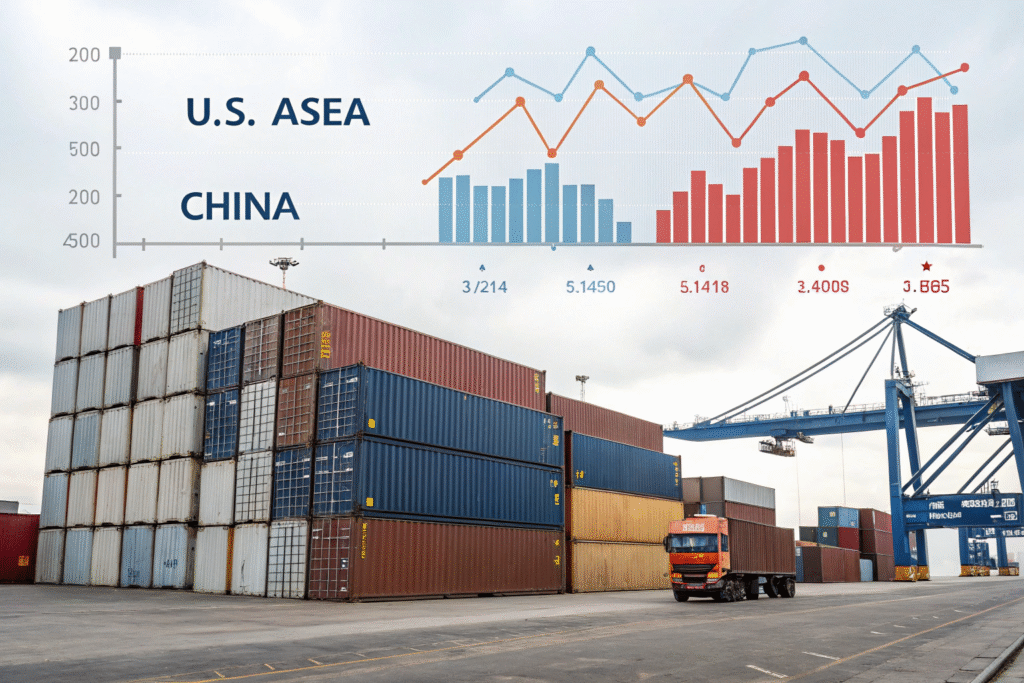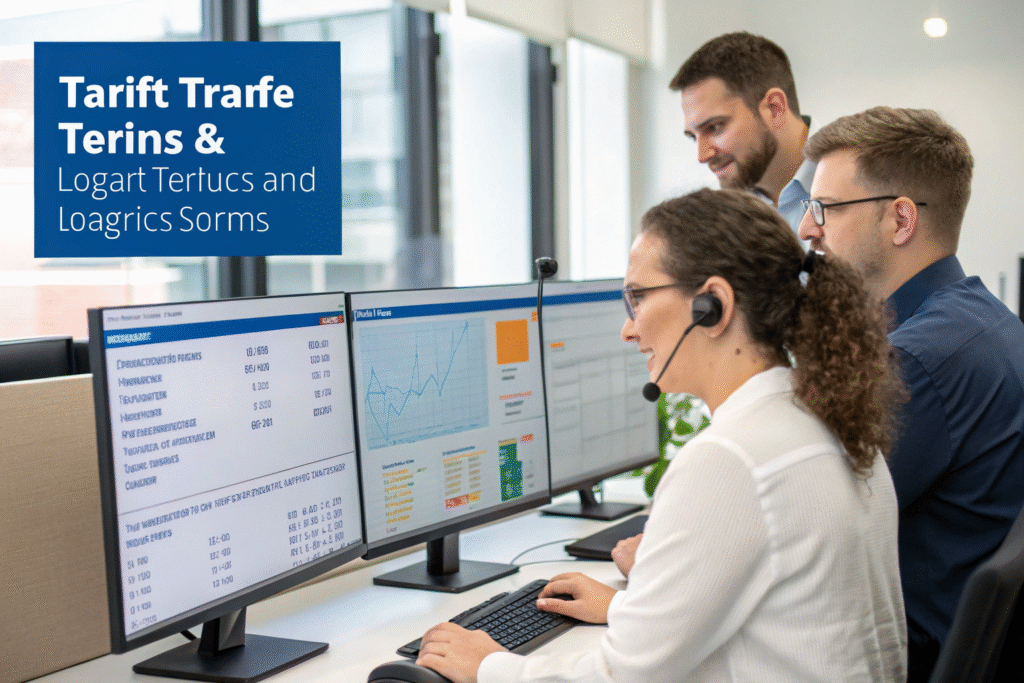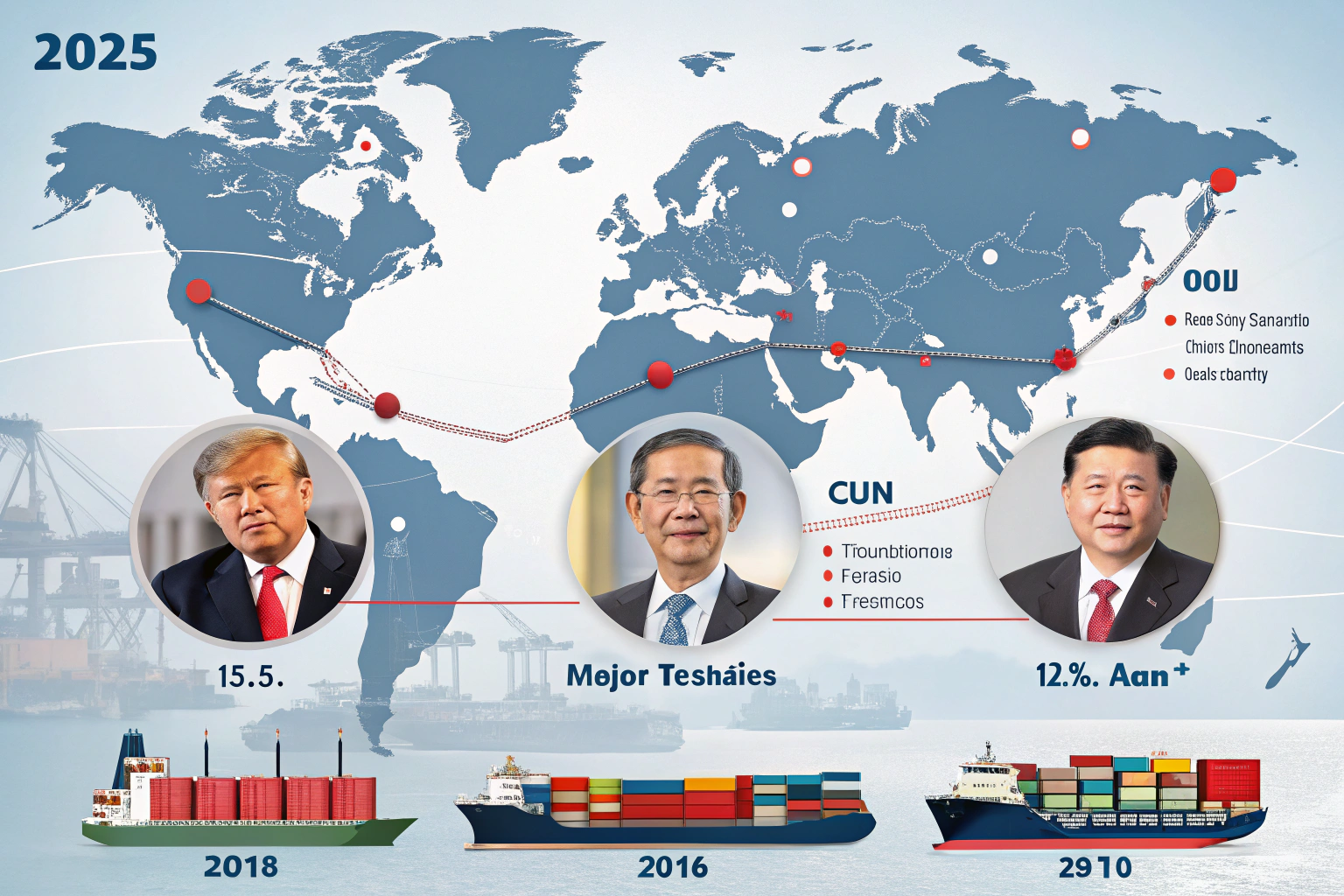Tariff rates are no longer static—they’re geopolitical instruments. From 2020 to 2025, international trade has seen seismic shifts in customs duties, driven by supply chain disruption, protectionist policies, and global agreements. These changes have impacted product pricing, delivery speed, and inventory planning across industries.
This article examines the key global tariff trends from the past 5 years and what they mean for e-commerce sellers, manufacturers, and freight strategists in 2025.
At GeeseCargo, we help clients decode tariff movements and design shipping plans that respond to current policy—not last year’s numbers.
How Have Tariff Rates Evolved Since 2020?
From pandemic shocks to new FTAs, tariff rates have shifted more in five years than they did in the prior decade.
Between 2020 and 2025, we’ve seen significant increases in duties on electronics, steel, and automotive parts, alongside reductions under regional trade agreements like RCEP and CPTPP.

Key Events Driving Tariff Movement:
- 2020–21: COVID-19 triggered export restrictions, increased PPE tariffs
- 2022: U.S. Section 301 tariffs extended; EU imposed anti-dumping duties
- 2023: China adjusted export tax rebates for textiles and electronics
- 2024: ASEAN lowered rates under ATIGA, but Indonesia raised import duties on garments
- 2025: Carbon-based border taxes introduced in the EU; U.S. hikes EV duties
Stay updated with WTO tariff profiles and WCO updates.
What Regions Have Seen the Biggest Tariff Shifts?
While global averages remain stable, specific countries have adjusted tariffs sharply.
The U.S. and EU have increased product-specific tariffs; ASEAN and China have focused on strategic reductions within FTA frameworks.

1. United States
- Section 301 tariffs remain in place for many Chinese products
- Increased duties on lithium batteries, EV parts, and steel
- USTR Tariff Lists for annual updates
2. European Union
- Introduced Carbon Border Adjustment Mechanism (CBAM) in 2025
- Targeted duties on non-EU electric vehicles and tech
- EU TARIC database
3. ASEAN
- Reduced intra-ASEAN tariffs under ATIGA
- Rising duties in Indonesia and Philippines for consumer goods
- ASEAN FTA updates
4. China
- Gradually reduced import duties on apparel, electronics
- Adjusted export tax rebates to control outbound flows
- China Customs site
Which Product Categories Were Most Affected?
Certain product sectors have been disproportionately hit by rising tariffs—or benefited from reductions.
Products impacted most include EV components, consumer electronics, garments, and processed foods. Meanwhile, raw materials and medical devices often saw relaxed rules.

| Product Category | 2020 Avg. Duty | 2025 Avg. Duty | Trend |
|---|---|---|---|
| EV Batteries | 8% | 18% | 🔺 Up |
| Cotton Apparel (US) | 16.5% | 19.5% | 🔺 Up |
| Processed Food (EU) | 12% | 14.5% | 🔺 Up |
| Medical Devices | 6% | 2% | 🔻 Down |
| Textiles (ASEAN) | 10–12% | 5–7% | 🔻 Down |
Reference detailed stats from World Tariff Profiles and TradeMap.
How Should You Respond to Ongoing Tariff Adjustments?
Being reactive is expensive—forward planning protects your profit.
Smart companies use real-time tools, bonded zones, FTA paperwork, and modular fulfillment to remain agile in the face of tariff shifts.

Practical Response Steps:
- Simulate landed costs with GoComet or Flexport
- Switch Incoterms from DDP to DAP when duties surge
- Split SKUs across bonded hubs (e.g., Malaysia, Vietnam)
- File advance rulings for HS code clarity
GeeseCargo supports these workflows by building forecast-based routing strategies and managing customs declarations in volatile trade environments.
Conclusion
Over the last five years, global tariff rates have shifted in complex ways—driven by geopolitics, climate strategy, and regional trade pacts. E-commerce sellers, manufacturers, and logistics teams must stay proactive to avoid hidden costs and delivery delays.
At GeeseCargo, we help clients interpret tariff policy, adapt routing strategies, and minimize duty risks in real time. Need a review of how your category has shifted between 2020 and 2025? Contact Ben Zhu at benzhu@geesecargo.com to get a custom tariff history audit and fulfillment strategy.









